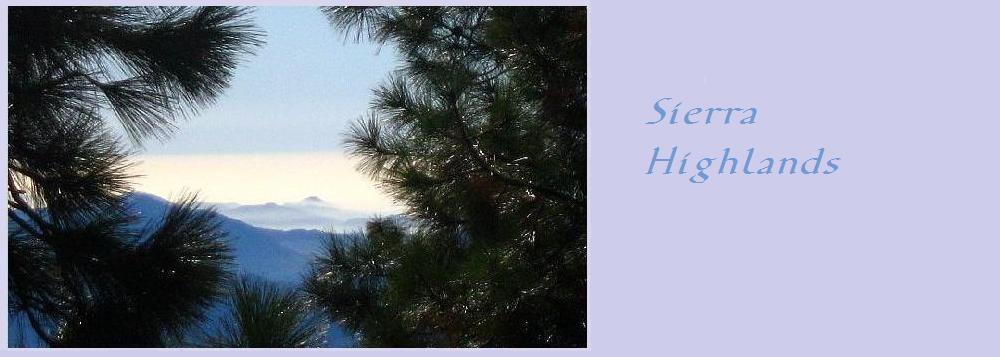The whole quote, from Bertrand Russell:
Mathematics, rightly viewed, possesses not only truth, but supreme beauty — a beauty cold and austere, like that of sculpture, without appeal to any part of our weaker nature, without the gorgeous trappings of painting or music, yet sublimely pure, and capable of a stern perfection such as only the greatest art can show.
“To those who do not know mathematics it is difficult to get across a real feeling as to the beauty, the deepest beauty, of nature … If you want to learn about nature, to appreciate nature, it is necessary to understand the language that she speaks in”.
Richard Feynman, quoted at The Beauty of Mathematics.
Very sketchy academics here today.
I am working with Kieron on Ray’s Higher Arithmetic. So far he has been polite but not exactly thrilled by little snippets like:
Rule for Adding Simple Numbers. — 1. Write the numbers to be added, so that figures of the same order may stand in the same column, and draw a line directly beneath.
He says, “Is this anything different than the addition I’ve been doing for the past six years?”
“Don’t you admire the elegance of expression and the precise choice of words?” I reply, except not in those words, because I’d feel silly saying that to a 12 year old who plainly is not very admiring.
So we moved on to actually doing addition. He thought that was great, because I had him do it at That Quiz, and after all he HAS been doing addition for six years at least.
Sean finished the science book I had given him to read, The Boy Scientist, an Ambleside recommendation for Year 6. Most of the books Sean read this year I am thinking about having Kieron read next year. I think he would like this one — it has a slightly silly title and 50’s style picture on the front but it is nice inside, biographies of great scientists and discussion of science concepts through their discoveries. I have been giving Sean survey books to read because I don’t know what they will assume he knows next year in high school and I want to fill in possible gaps in cultural literacy. I am often surprised by what my kids DO know and also what they DON’T know. None of them imagine that there were fighter planes in action during the Civil War as a very bright competent public schooled friend of my husbands, an adult, apparently supposed.
Clare is listening to Bob Dylan on the CD player.
Incidentally, her violin teacher said she could basically take her no further in instruction. Clare has gotten very good in the past three years since she started. Pleasant to hear, yes, in one way. But to go to a different teacher Clare would have to travel 60 miles one way. She would prefer, I understand, to stay with her teacher and learn locally, especially since she is graduating this year.
Aidan took this picture of his feet…. one bare foot, one brace.
I got to read Little Pig Robinson and Tale of Samuel Whiskers to Paddy yesterday.
More wisdom from Ray’s:
An Axiom is a self-evident truth.
A Theorem is a truth to be proved.
A Problem is a question proposed for solution.
Axioms, theorems and problems are propositions.
A process of reasoning, proving the truth of a proposition, is called a Demonstration.
Why doesn’t Kieron love this? I would have had so much more respect for school and teachers if I had had access to this kind of thing.
That reminds me — I am reading History of Philosophy by Frederick Copleston SJ. I am only reading the section on Kant, since the book I have is from the library and I have to give it back pretty soon (not that it’s much in demand). I was so puzzled by synthetic and analytic a priori and a posteriori when I was reading Critique of Pure Reason. I can’t say I understand it now, but at least I have a glimmer.
